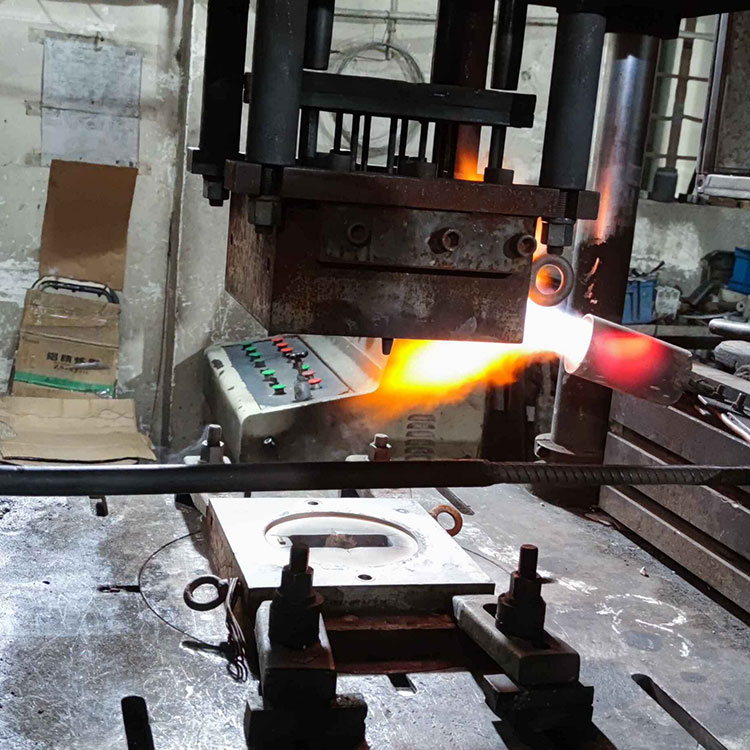Aspects and steps involved in the aluminum casting process
2023-10-16
Aluminum casting refers to the process of creating complex shapes and components by pouring molten aluminum into a mold and allowing it to solidify. Aluminum is a commonly used metal for casting due to its lightweight nature, excellent thermal conductivity, high strength-to-weight ratio, and corrosion resistance.
Here are some key aspects and steps involved in the aluminum casting process:
1. Pattern Creation: The first step in aluminum casting is to create a pattern or model of the desired component. The pattern can be made from various materials such as wood, plastic, or metal. It represents the final shape of the casting and is used to create the mold.
2. Mold Making: Once the pattern is ready, a mold is created around it. The mold is typically made of two halves, the cope (top) and the drag (bottom). The pattern is placed inside the mold, and the mold is securely closed.
3. Melting and Pouring: Aluminum ingots or scrap aluminum is melted in a furnace at high temperatures, typically between 660°C and 740°C (1220°F and 1365°F). Once the aluminum is molten, it is poured into the mold through a gating system, which consists of channels and runners that allow the molten metal to flow into the mold cavity.
4. Solidification: The molten aluminum cools and solidifies inside the mold, taking the shape of the pattern. During solidification, the aluminum undergoes a phase change from liquid to solid, and it contracts slightly. The cooling rate and solidification time are important factors that can affect the quality and properties of the casting.
5. Shakeout and Finishing: After the aluminum has solidified, the mold is opened, and the casting is removed. This process is called shakeout. The casting is then cleaned, removing any residual mold material, called the casting flash. Further finishing processes like trimming, grinding, sanding, or machining may be performed to achieve the desired final shape and surface finish.
6. Heat Treatment and Surface Treatment (Optional): Depending on the specific requirements of the casting, heat treatment processes such as annealing, quenching, or aging may be performed to enhance the mechanical properties of the aluminum. Surface treatments like painting, anodizing, or powder coating can be applied for improved aesthetics, corrosion resistance, or other functional purposes.
Aluminum casting offers several advantages, including the ability to create complex shapes with thin walls, excellent dimensional accuracy, high strength, and good surface finish. It is widely used in various industries, including automotive, aerospace, construction, electronics, and consumer goods, for manufacturing components such as engine parts, housings, brackets, heat sinks, and more.
It's important to note that the aluminum casting process can vary depending on factors such as the type of casting method (e.g., sand casting, die casting, investment casting), the specific aluminum alloy being used, and the desired quality and specifications of the final casting.



